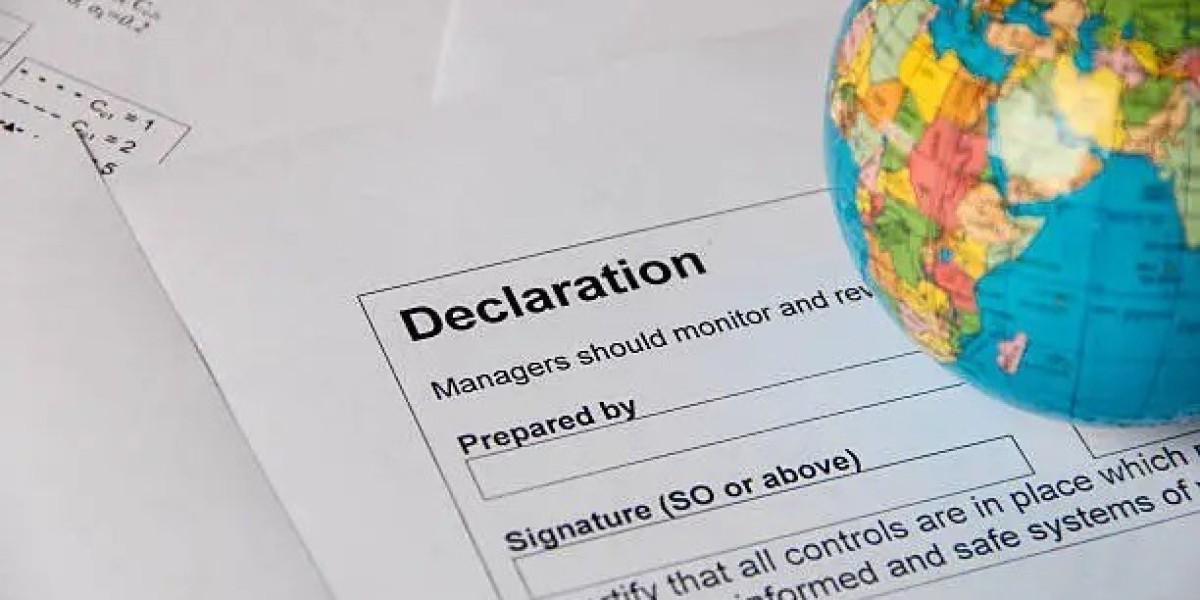Statutory declarations are legal statements confirmed by a witness and used when no other form of proof is available. They are commonly used for identity verification, name changes, lost documents, immigration matters, or official declarations in both personal and business affairs. The Statutory Declaration Service plays a crucial role in ensuring these declarations are properly administered, witnessed, and accepted under the law.
However, what often gets overlooked is the importance of timing. How long does it take to create, verify, or submit a statutory declaration? What causes delays? And how can you streamline the process?
This article breaks down every stage of the Statutory Declaration Service, focusing specifically on timeframes and how to avoid unnecessary delays.
How Long Does a Statutory Declaration Typically Take?
The time required for a statutory declaration depends on several factors:
Standard Time to Draft and Prepare
- Simple Declarations: Usually 15–30 minutes when using a legal template or working with a professional.
- Complex or Legal-Critical Declarations: These may take 1–2 business days, especially when legal review is needed.
Witnessing and Certification Time
The statutory declaration must be signed in front of an authorized witness, such as a solicitor, notary public, or commissioner of oaths.
- Walk-In Services: 15–30 minutes if you're prepared.
- Appointments Required: Can delay the process by 1–3 business days.
- Online Witnessing (where legal): Some regions now allow video witnessing, which can speed things up.
Submission or Processing Timeframes
Once signed and witnessed, the statutory declaration may need to be:
- Submitted to Government Agencies
- Filed in Court
- Attached to a Legal Application
This can take anywhere from 1 day to 3 weeks, depending on the agency’s processing time and whether you submit in person, by post, or digitally.
What Can Delay the Statutory Declaration Process?
Understanding potential roadblocks will help you use the Statutory Declaration Service more efficiently.
Incomplete or Incorrect Information
Incorrect dates, unsigned sections, or vague declarations will cause immediate rejection. Always double-check the wording and personal details.
Unavailability of Authorized Witnesses
Some regions have a limited number of officials allowed to witness a declaration. Weekends, public holidays, or court schedules can also impact availability.
Legal Review Requirements
If the declaration relates to court proceedings, financial matters, or immigration, it may need to pass through a solicitor for review, increasing processing time.
Postal vs. Digital Submissions
Physical mail submissions take longer. Where possible, choose digital submission options to cut down the timeframe.
Online vs. In-Person: Which Is Faster?
In countries where remote witnessing is accepted, online statutory declaration services offer significant time savings.
Benefits of Online Statutory Declaration Services
- Same-day processing in many cases
- 24/7 availability of online notaries or solicitors
- Faster document delivery via email or cloud storage
However, not all jurisdictions legally allow video witnessing. Always verify local laws.
Timeframes Based on Jurisdiction
Different countries and states/provinces have different rules and turnaround times. Here’s a breakdown of typical durations:
United Kingdom
- Drafting and witnessing: 1 day
- Submission to Home Office or DVLA: 5–10 business days
- Urgent services: Available at an extra fee
Australia
- Statutory declarations can often be signed on the same day
- Submission to Centrelink or government departments: 7–14 business days
- Digital witnessing allowed in some states (e.g., Victoria, NSW)
Canada
- Witnessing with notary or commissioner: 1–2 business days
- Government processing time: 10–15 business days
- Digital options vary by province
Tips to Speed Up Your Statutory Declaration Service
Optimizing your approach can significantly reduce turnaround time.
Use Pre-Vetted Templates
Templates reduce preparation time and minimize errors. Ensure they comply with your local regulations.
Book Witness Appointments Early
If your jurisdiction doesn’t allow walk-ins or video witnessing, book well in advance to avoid delays.
Keep All Supporting Documents Ready
Have your ID, documents, and any supporting evidence prepared. Missing paperwork causes major slowdowns.
Track Your Submission
Always use trackable post or digital confirmation when submitting to official bodies.
Does Urgency Impact Legality?
Some people rush the process at the expense of legality. Be careful.
- Backdating is illegal
- Unsigned declarations are invalid
- Wrong witness? Entire declaration is void
Speed should never compromise compliance. The Statutory Declaration Service is designed to ensure accountability — not just convenience.
When to Choose a Professional Statutory Declaration Service
Using a professional service can reduce time, increase accuracy, and improve legal acceptance rates.
Benefits Include
- Pre-screening your information
- Matching you with the right authorized witness
- Formatting according to current legal standards
- Providing express service for urgent needs
The Bottom Line on Timing and Statutory Declarations
Whether you need a statutory declaration for travel, visa applications, or official name change, understanding the timeframes involved helps you plan effectively. The Statutory Declaration Service is not just about writing down your statement — it’s about getting it legally recognized within a specific timeframe.
When every day matters, knowing how to reduce wait times without risking the document’s legality is a smart move.



